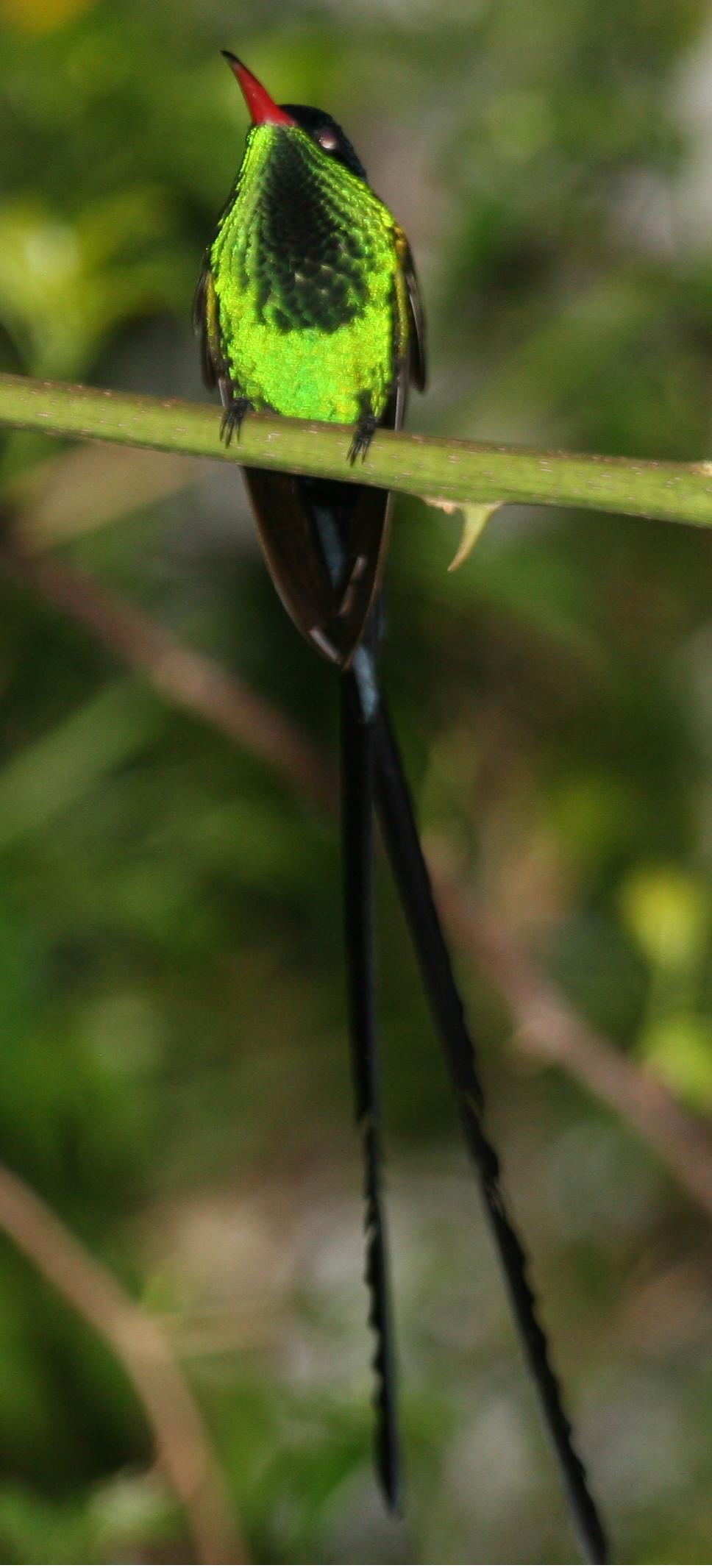sonation on:
[Wikipedia]
[Google]
[Amazon]

 Sonation is the sound produced by birds, using mechanisms other than the syrinx. The term ''sonate'' is described as the deliberate production of sounds, not from the throat, but rather from structures such as the bill, wings, tail, feet and body feathers, or by the use of tools.
Examples are the tonal sound produced by the tail-feathers of the Anna's hummingbird ''
Sonation is the sound produced by birds, using mechanisms other than the syrinx. The term ''sonate'' is described as the deliberate production of sounds, not from the throat, but rather from structures such as the bill, wings, tail, feet and body feathers, or by the use of tools.
Examples are the tonal sound produced by the tail-feathers of the Anna's hummingbird ''

 Sonation is the sound produced by birds, using mechanisms other than the syrinx. The term ''sonate'' is described as the deliberate production of sounds, not from the throat, but rather from structures such as the bill, wings, tail, feet and body feathers, or by the use of tools.
Examples are the tonal sound produced by the tail-feathers of the Anna's hummingbird ''
Sonation is the sound produced by birds, using mechanisms other than the syrinx. The term ''sonate'' is described as the deliberate production of sounds, not from the throat, but rather from structures such as the bill, wings, tail, feet and body feathers, or by the use of tools.
Examples are the tonal sound produced by the tail-feathers of the Anna's hummingbird ''Calypte anna
Anna's hummingbird (''Calypte anna'') is a medium-sized bird species of the family Trochilidae. It was named after Anna Masséna, Duchess of Rivoli.
It is native to western coastal regions of North America. In the early 20th century, Anna's hu ...
'', the drumming
Drumming may refer to:
* the act of playing the drums or other percussion instruments
* Drummer, a musician who plays a drum, drum kit, or drums
* ''Drumming'' (Reich), a musical composition written by Steve Reich in 1971 for percussion ensemble
...
of the tail-feathers of the African snipe
The African snipe (''Gallinago nigripennis'') also known as the Ethiopian snipe, is a small stocky wader. It breeds in eastern and southern Africa in wet mountain moorland and swamps at altitudes of . When not breeding it disperses widely, includ ...
and common snipe
The common snipe (''Gallinago gallinago'') is a small, stocky wader native to the Old World.
The breeding habitats are marshes, bogs, tundra and wet meadows throughout the Palearctic. In the north, the distribution limit extends from Iceland ...
, bill-clattering by storks or the deliberate territorial tapping practised by woodpeckers
Woodpeckers are part of the bird family Picidae, which also includes the piculets, wrynecks, and sapsuckers. Members of this family are found worldwide, except for Australia, New Guinea, New Zealand, Madagascar, and the extreme polar regions. ...
and certain members of the parrot family, such as palm cockatoos which drum on hollow trees using broken-off sticks. The clapper lark's (''Mirafra apiata
The Cape clapper lark (''Mirafra apiata'') is a small passerine bird which breeds in southern Africa. It derives its name from the wing clapping which forms part of the display flight. The Cape clapper lark is a species of open grassland and sava ...
'') display
Display may refer to:
Technology
* Display device, output device for presenting information, including:
** Cathode ray tube, video display that provides a quality picture, but can be very heavy and deep
** Electronic visual display, output devi ...
flight includes a steep climb with wing rattling.
Barn owls produce a clicking snap to show annoyance or fear. Bustards, floricans and korhaans of the Otididae
Bustards, including floricans and korhaans, are large, terrestrial birds living mainly in dry grassland areas and on the steppes of the Old World. They range in length from . They make up the family Otididae (, formerly known as Otidae). Bustard ...
include foot-stamping in their mating displays. Studies have revealed at least four sonations employed by two manakin genera ''Manacus
''Manacus'' is a genus of passerine birds in the manakin family which are found in the forests of tropical mainland Central and South America, and on Trinidad and Tobago.
The genus ''Manacus'' was introduced by the French zoologist Mathurin Ja ...
'' and ''Pipra
''Pipra'' is a genus of birds in the manakin family Pipridae.
Taxonomy and species list
The genus ''Pipra'' was introduced by the Swedish naturalist Carl Linnaeus in 1764. The name was used by Ancient Greek authors such as Aristotle for a small ...
'' - wing-against-wing claps carried out above the back, wing-against-body claps, wing-into-air flicks and wing-against-tail feathers.
Video footage of male club-winged manakins, ''Machaeropterus deliciosus
The club-winged manakin (''Machaeropterus deliciosus'') is a small passerine bird which is a resident breeding species in the cloud forest on the western slopes of the Andes Mountains of Colombia and northwestern Ecuador. The manakins are a fam ...
'', shows them producing sustained harmonics derived from vibrating secondary wing feathers. This mechanism is the avian equivalent of arthropod stridulation
Stridulation is the act of producing sound by rubbing together certain body parts. This behavior is mostly associated with insects, but other animals are known to do this as well, such as a number of species of fish, snakes and spiders. The mech ...
.
Adult male red-billed streamertail hummingbirds ('' Trochilus polytmus'') have long tail streamers, but these do not produce their distinctive whirring flight sound. Evidence points to the wings instead - the whirring is synchronised with the wingbeats and video footage shows primary feather eight (P8) bending with each downstroke, creating a gap that produces the fluttering sound.
References
{{reflist, 30em Ornithology